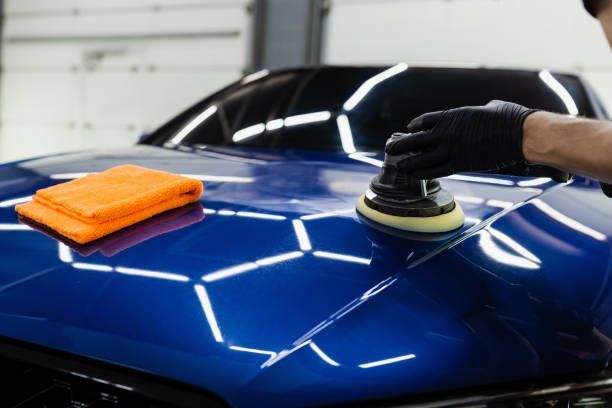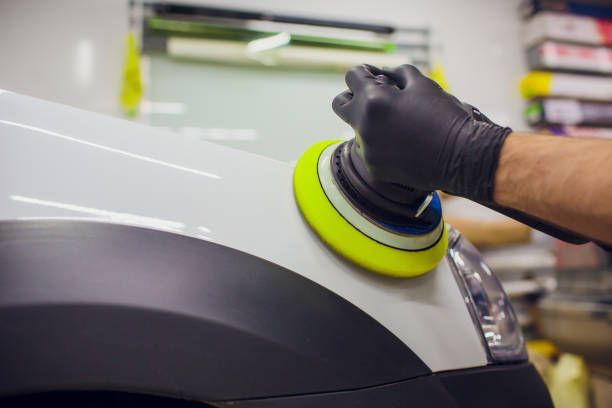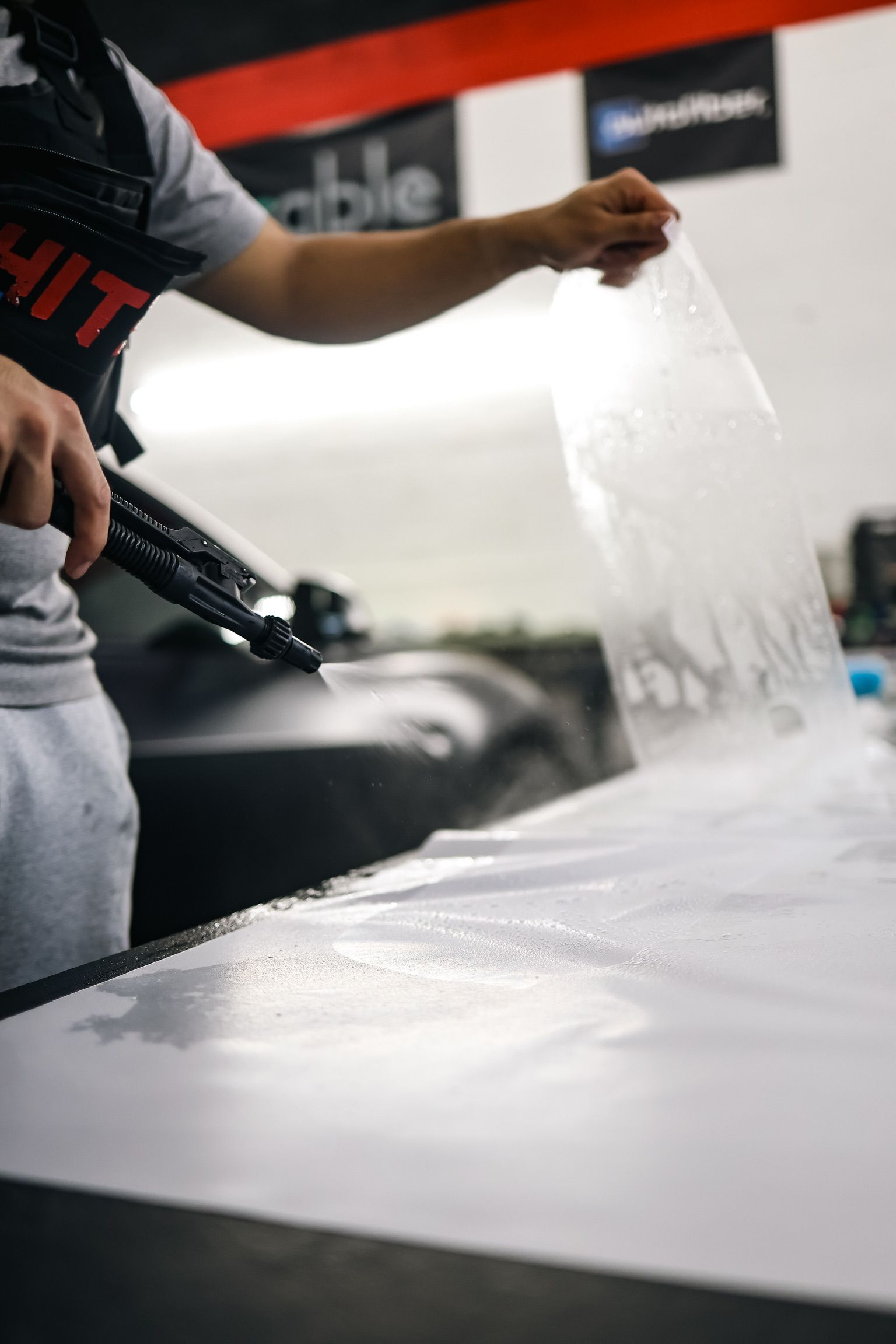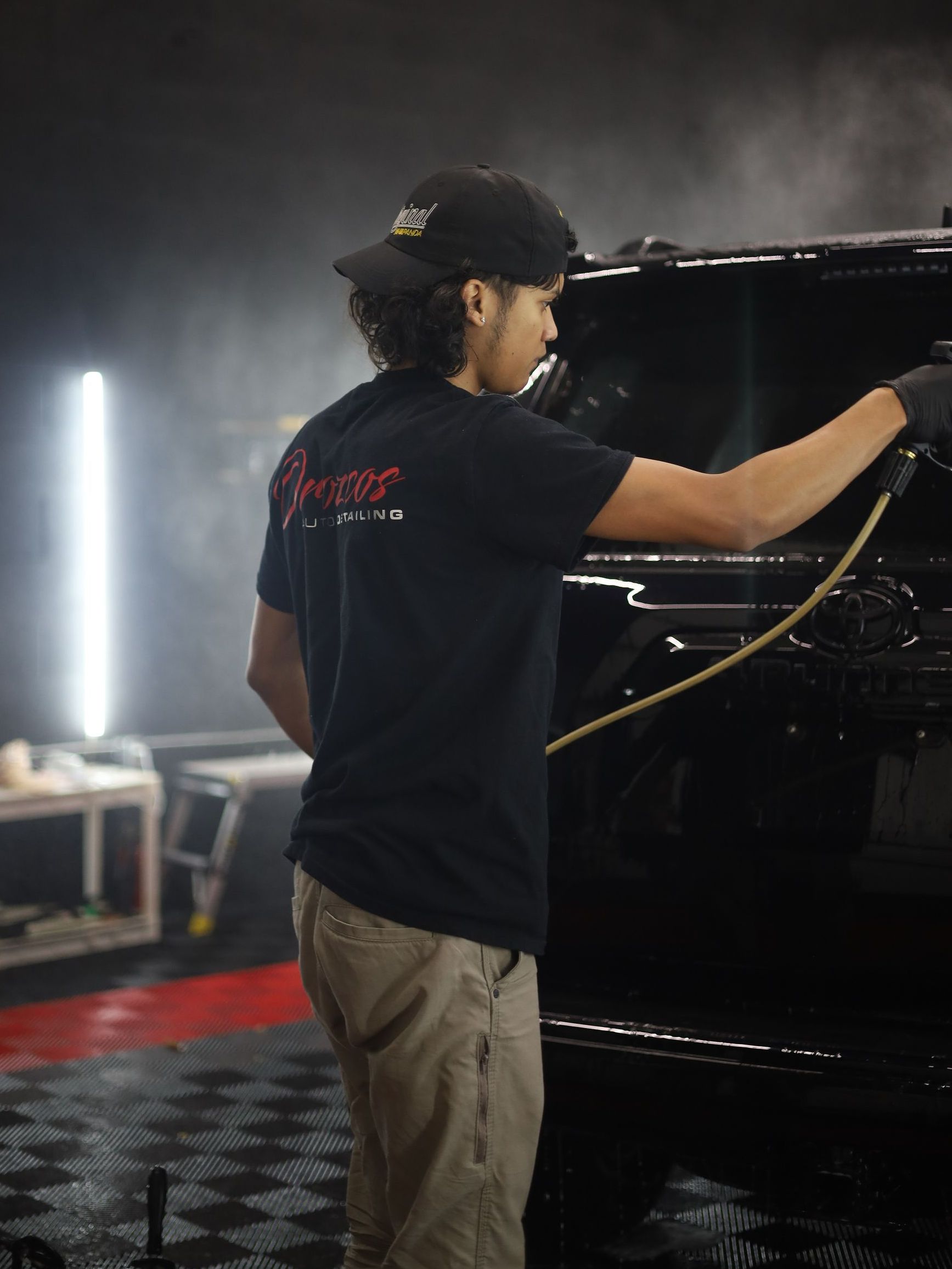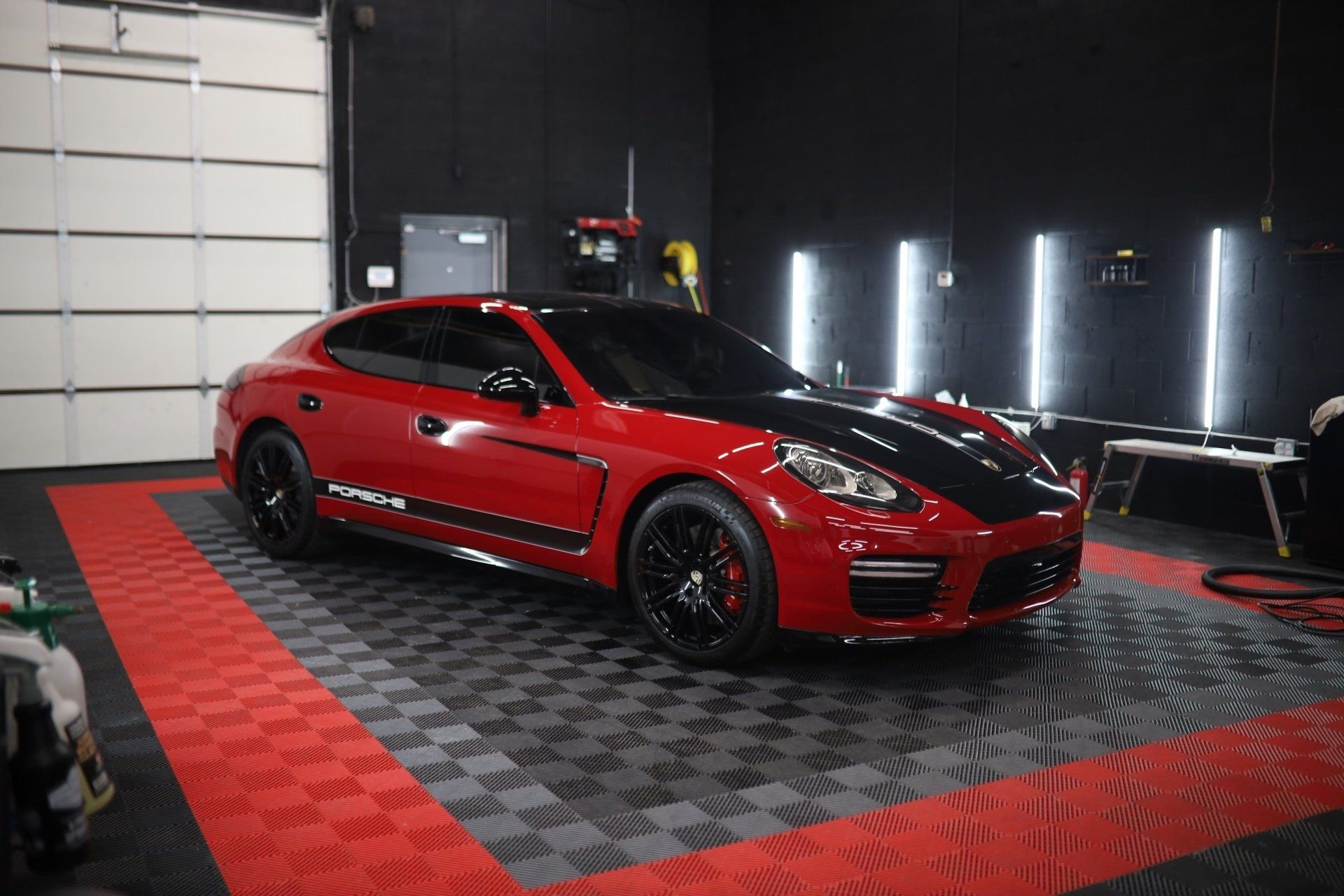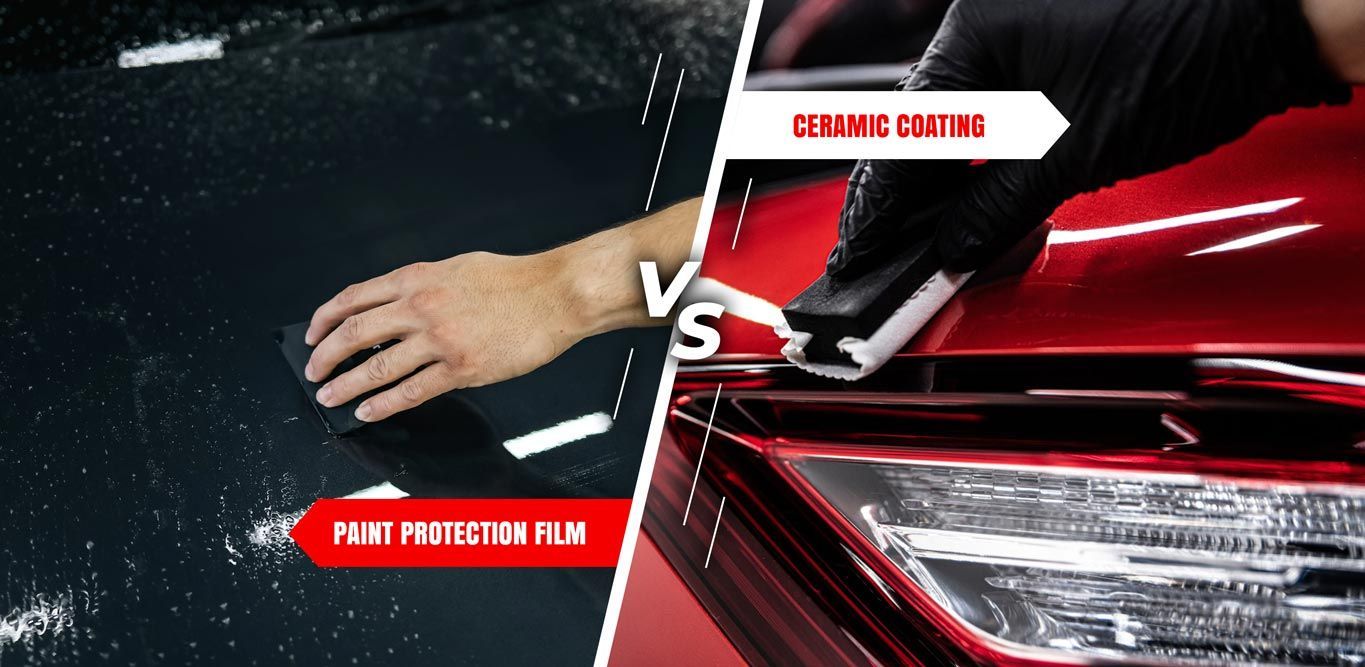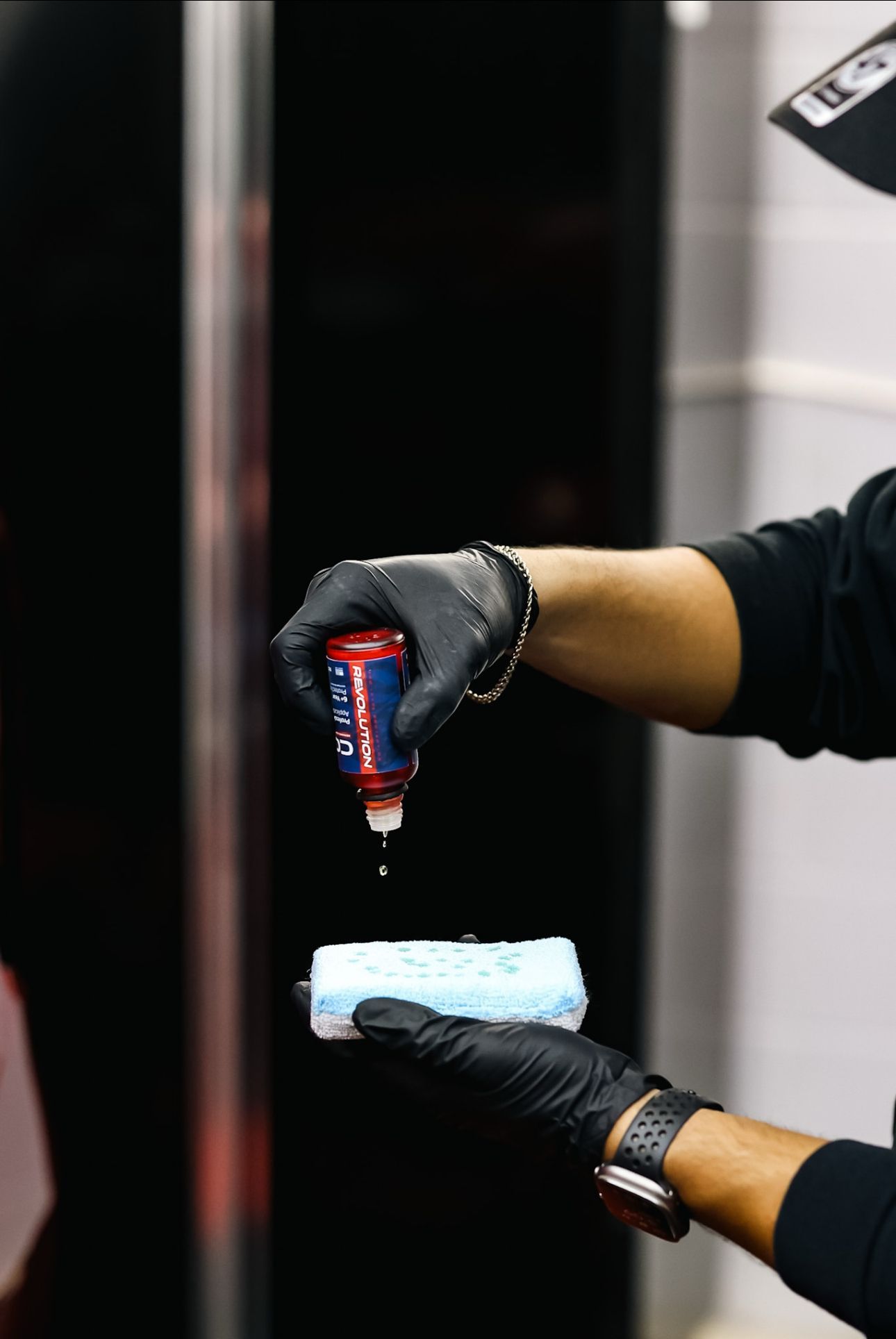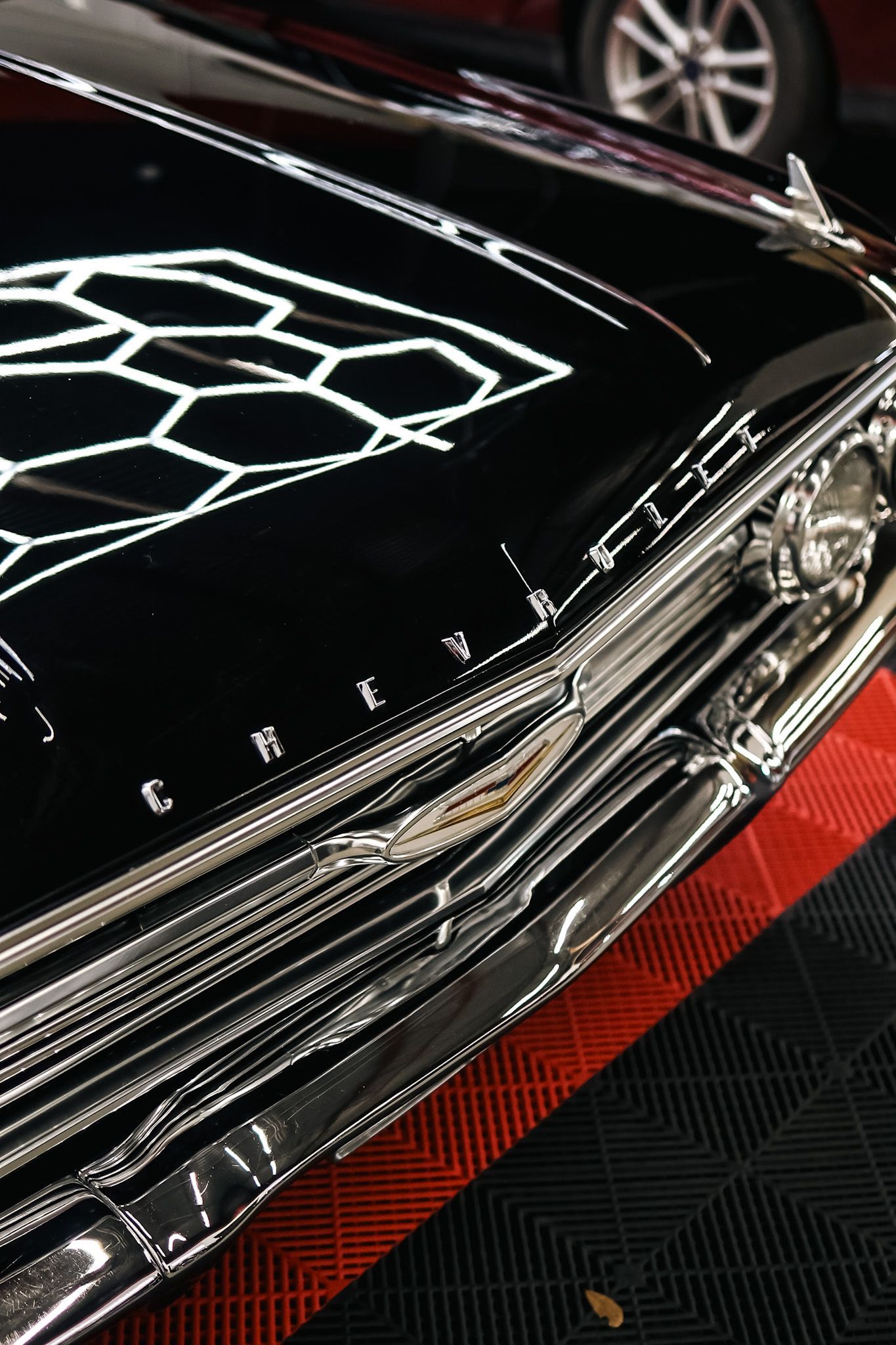Paint Correction vs. Buffing: Understanding the Difference for Better Results
When it comes to keeping your car looking sharp, navigating the options of paint correction and buffing can feel overwhelming. After all, you want your vehicle to turn heads for all the right reasons, but how do you choose between these two popular methods? While both techniques aim to enhance your car's appearance, understanding their differences is key to making an informed decision that suits your needs. Whether you're dealing with swirl marks or just want a quick shine-up, each approach has its own set of benefits that can make your car look its best. Let's dive deeper into what sets paint correction apart from buffing and how each method could work wonders for your ride.
Paint correction involves a detailed process of refining a vehicle's paint surface by removing imperfections such as swirl marks, ultimately restoring it to a pristine condition. In contrast, buffing typically refers to techniques focused on enhancing the shine and protection of the paint without necessarily addressing deeper defects, making both techniques essential for maintaining vehicle appearance but serving different purposes.
What is Paint Correction?
Paint correction is a meticulous process focused on rejuvenating a vehicle's exterior by removing imperfections that accumulate over time. Imagine looking at your once-glossy car only to find it covered in swirl marks or even dullness from oxidation. These issues not only affect the visual appeal but can also diminish the longevity of your vehicle's paint finish. The beauty of paint correction lies in its ability to restore that pristine look, making your vehicle shine as if it just rolled off the showroom floor.
Buffing Technique Overview
Buffing is more than just a quick polish; it's a meticulous process that employs various techniques designed to revive your vehicle's shine while addressing surface imperfections.
The two most popular methods—polishing and waxing—work together to bring out the best in your vehicle's paint. Picture this: after a long winter, your once-glossy car now looks dull and lifeless from branches and road debris. This is where buffing steps in to revive that showroom glow.
Different Buffing Techniques
Polishing is one key technique in buffing that utilizes polishing compounds containing mild abrasives. When you apply these compounds with a buffer or polisher, they're designed to gently exfoliate the paint surface by removing minor imperfections such as swirl marks. This process enhances the paint's clarity and gloss, transforming it into a "glass-like" finish that will leave you wondering if you even own the same vehicle. This improvement is particularly noticeable under bright sunlight when reflections become sharper and clearer.
On the other hand, waxing serves a slightly different purpose. After polishing, many professionals recommend applying wax or sealant as an added layer of protection. Waxing involves spreading a coat of wax over the paint surface, which not only enhances gloss but offers protection against environmental hazards like UV rays, salt, and dirt. While waxing doesn’t correct deeper issues in the paint, it can temporarily conceal minor imperfections, creating an impressive visual appeal. Think of it as frosting on an already beautifully baked cake—adding that final touch!
These techniques are not exclusive; they complement each other beautifully to provide your vehicle with both aesthetic appeal and protection.
Safeguarding your vehicle doesn't stop with a single application; understanding buffing's multi-stage approach can create enduring results. For example, starting with a more abrasive polish can remove heavier defects in the first stage, followed by progressively finer compounds to achieve that high-gloss finish.
On average, timing for buffing varies between 2 to 6 hours depending on the size of your vehicle and its initial condition—a worthwhile investment of time for transformative results. By engaging with these specialized buffing techniques, you will enhance your car’s shine and contribute significantly to its longevity.
If you're looking to elevate your car's exterior without getting into the complexities of paint correction, speak to an automotive detailing expert today. They can guide you through what’s needed based on your vehicle’s unique condition—because everyone deserves to drive a car that shines brilliantly!
With these techniques understood, we can transition smoothly into exploring how they differ fundamentally in approach and outcome.
Key Differences Between Paint Correction and Buffing
At first glance, paint correction and buffing might seem interchangeable; both aim to make your vehicle shine and look its best. However, there's a world of difference underneath the surface. Paint correction is akin to having surgery for imperfections in your car’s paint, while buffing is more like applying a fresh coat of makeup—great for enhancing appearance but not addressing underlying issues.
One of the key differences lies in the depth of work. Paint correction targets the root of the problem by meticulously removing defects from the clear coat layer of the paint. Think of it as peeling back layers of an onion until you can see the smooth, fresh core that lies beneath. This process helps take away swirl marks and oxidation that have built up over time. In contrast, buffing primarily focuses on adding a temporary shine and protective layer; it doesn’t remedy deeper imperfections and often requires frequent touch-ups to maintain that glossy finish.
Understanding the tools used for each technique adds another layer to this comparison.
The tools and materials involved are also different. Paint correction employs specialized compounds along with dual-action polishers or rotary buffers designed for precision work. These tools are essential in achieving a level of detail that restores clarity and gloss to the paintwork. On the other hand, buffing typically requires polishes and waxes, which are more straightforward products that provide quick enhancement to the vehicle’s exterior without deep corrective action.
If you've ever tried using a regular kitchen sponge to wash your car, you know how much easier it is when you have the right tools! Investing in proper detailing equipment pays off in results.
As we consider practicality, it's also important to reflect on the time and cost involved in each process.
In terms of time and cost, paint correction is a labor-intensive process that can take several hours to even days, depending on the severity of the imperfections being addressed. This comprehensive nature generally means higher costs, reflecting both time spent and expertise required. Buffing, however, can often be completed within a few hours at a lesser price point. While it's tempting to choose quick fixes, remember that investing in proper paint correction could provide long-lasting results that ultimately save money on future detailing.
Understanding these differences aids vehicle owners in determining which service aligns best with their specific needs—whether you want something temporary and easy or if you're ready for a significant investment toward restoring your vehicle’s elegance.
With this clarified perspective on these techniques at hand, we can now explore how implementing one of them can significantly enhance your vehicle's overall appeal and longevity.
Benefits of Paint Correction
One of the most compelling reasons to invest in paint correction is the restored appearance it offers. Imagine a car that once looked worn and tired transformed into a stunning vehicle with a glossy finish that turns heads on the road. This transformation not only enhances the depth of color but also removes imperfections such as swirl marks and oxidation. The result? A shine so brilliant that many owners feel as if they’ve just driven off the showroom floor again.
Furthermore, restoring your vehicle’s clarity does more than enhance its looks; it directly impacts its resale value. When potential buyers see a car with pristine paintwork, they are more likely to perceive it as a worthwhile investment, leading them to offer higher prices. It's an undeniable truth: A little care goes a long way when you decide to sell.
But there’s more to paint correction than aesthetic appeal and resale value—it also serves as effective protection and maintenance for your vehicle's finish. After undergoing paint correction, it's common for professionals to recommend applying ceramic coatings or high-quality waxes. These coatings provide robust protection against environmental hazards like UV rays, bird droppings, tree sap, and pollutants that can deteriorate your paint over time. Think of it as armor for your car’s exterior; with additional shielding, you’re not just keeping it visually appealing but also prolonging its lifespan.
Moreover, opting for paint correction can help maintain the integrity of your vehicle's surface. Regular exposure to harsh elements can lead to fading and degradation of the paint. By employing advanced techniques during paint correction, skilled technicians apply protective layers that not only enhance gloss but fend off future damage. This proactive approach allows you to enjoy your investment longer without worrying about ongoing wear and tear.
Each of these facets underscores the multifaceted benefits of this technique—not just for immediate enhancement but also for long-term preservation of your vehicle's beauty and resilience. As we shift focus now, let’s explore the added perks associated with a different approach that complements these techniques beautifully.
With an understanding of these distinct benefits and techniques, it's essential to evaluate what approach will best suit your individual needs and circumstances going forward.
Ultimately, identifying your unique circumstances and needs will guide you toward making the right decision between paint correction and buffing for your vehicle.
Remember, when in doubt or needing tailored advice suited to your specific situation, consulting a professional detailer is always beneficial—and don't forget to check out our site for expert tips and services!
To explore our offerings and schedule your service today, visit us at Orozco's Auto Detailing or call (313) 888-3822 for personalized assistance!
SHARE WITH YOUR FRIENDS




